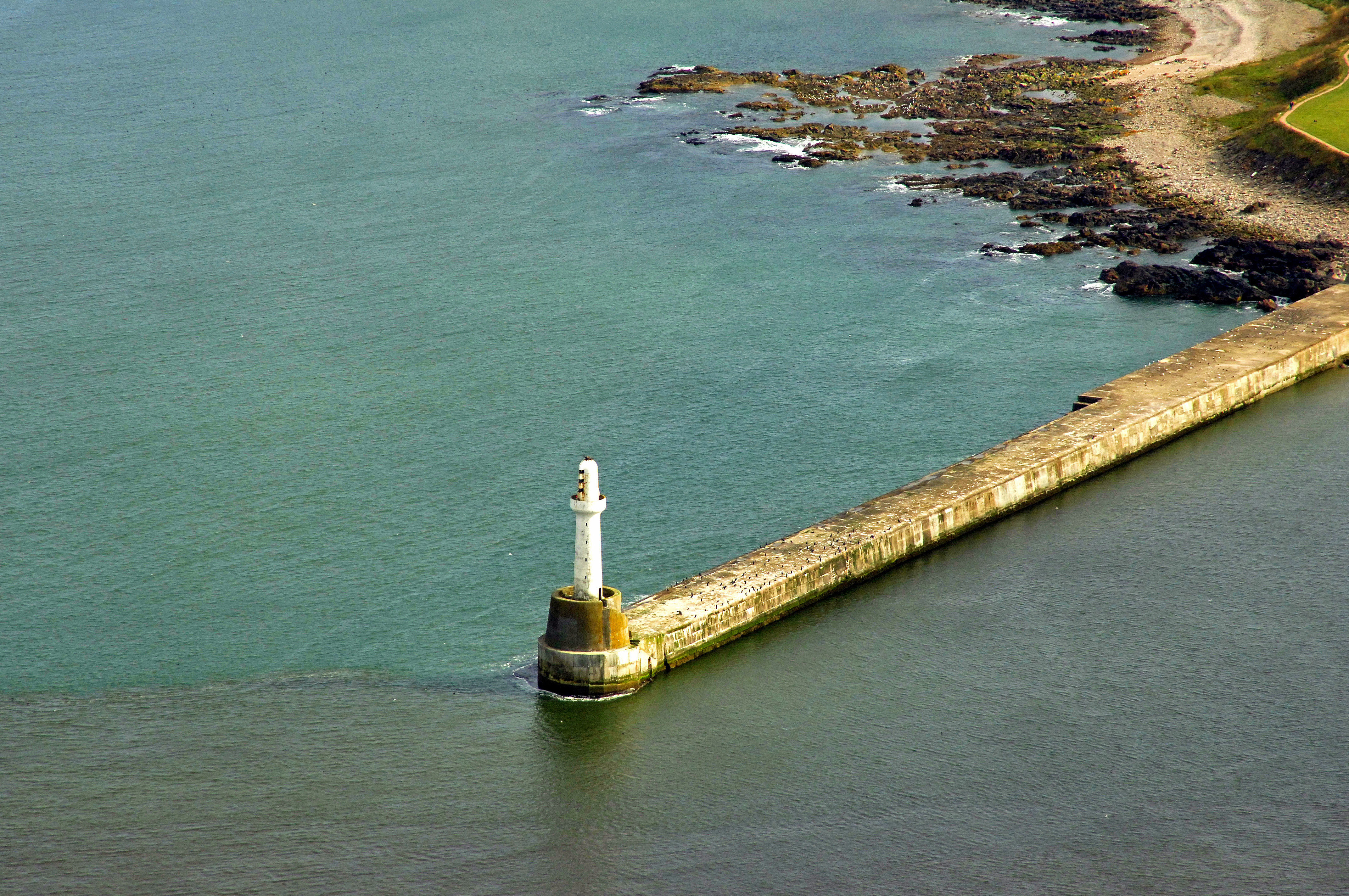
The use of caissons for breakwaters and closure dams. Various properties of the different types of dams and breakwaters, like stability of riprap in current and wave conditions, design of armour layer, natural rock and concrete elements. Overview of other boundary conditions (geotechnical and hydraulic). Methods to determine the design wave height from wave statistics. Determination of boundary conditions for dams and breakwaters, with special attention to the design frequency. The general design principles of a breakwater and a closure dam. Overview and history of breakwater and closure dam construction. Functional requirements, determination of boundary conditions, spatial and constructional design and construction aspects of breakwaters and dams consisting of rock, sand and caissons. Construction of Phase 1 and Phase 4 of the project is expected to begin in late summer 2016.Design and construction of breakwaters and closure dams in estuaries and rivers. Solicitations are underway for contractors to construct two components of the project: Phase 1 (Pearl River to Heron Bay) and Phase 4 (Heron Bay Subtidal Reef). The project will be constructed in phases. The Evaluation of Changes to the Hancock County Marsh Living Shoreline Project can be found in the Administrative Record. No further analyses under the Oil Pollution Act or the National Environmental Protection Act are necessary, and the project may proceed. The Trustees have determined that the project is consistent with the environmental review conducted for Phase III. The changes do not affect the selection of this project as an early restoration project under the Oil Pollution Act. The Trustees have concluded that the final design does not impact the overall project objectives and that the environmental consequences of the changes to the project components will not be substantial. We evaluated the changes to the final design based on the criteria established in the section 9.2 of the Phase III Record of Decision. The criteria include (1) whether any change to the project is consistent with the environmental review conducted in the Final Phase III ERP/PEIS or if there are substantial changes that are relevant to environmental concerns, and (2) whether or not there are significant new circumstances or information relevant to environmental concerns not addressed in the impact analysis of the Final Phase III ERP/PEIS that affects their selection under the Oil Pollution Act. We must also determine whether additional restoration planning and environmental review-including opportunity for public comment-is necessary. The Trustees are required to evaluate material changes to any selected early restoration project. Notification of evaluation of a material project change and finding of consistency with Final Phase III ERP/PEIS A joint public notice was issues by the USACE (SAM-2013-00088-MJF), MDEQ, and MDMR (DMR-140197) on September 30, 2015. The public notice was for state MDEQ Water Quality Certification under the Clean Water Act Section 401 and MS Department of Marine Resources Mississippi Coastal Wetlands Protection Law and federal Clean Water Act Section 404 / Rivers and Harbors Act Section 10 permitting processes.




The Mississippi Department of Environmental Quality (MDEQ) and the NOAA are partners in this $50 million project.įinal engineering and design was completed in 2016. It includes construction of up to 5.9 miles of living shoreline/breakwaters, approximately 46 acres of salt marsh creation, and 46 acres of subtidal reef restoration. The Hancock County Marsh Living Shoreline Project was analyzed in the 2015 Deepwater Horizon Final Programmatic and Phase III Early Restoration Plan/Programmatic Environmental Impact Statement (ERP/PEIS) and selected by the Trustees for implementation in the Record of Decision (ROD) for the Phase III ERP/PEIS. Posted on J| Mississippi Restoration Area


 0 kommentar(er)
0 kommentar(er)
